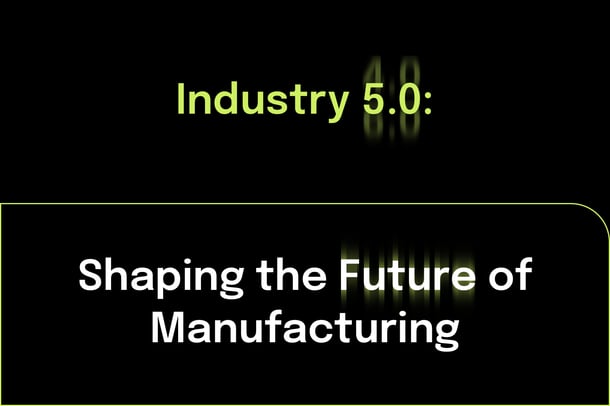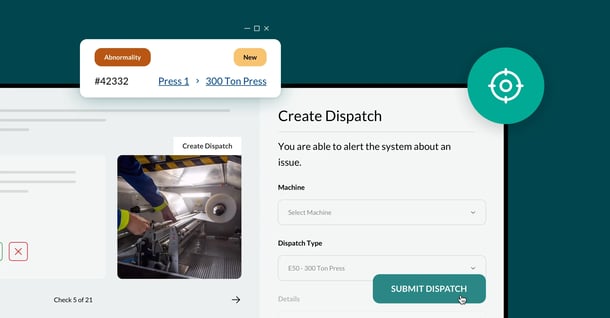

The Future is Bright for the Deskless Workforce.
Give your deskless workers the tools to succeed. As new tech solutions are developed for, it's essential that they're not left behind.
If you’ve been listening, you’ve heard of the deskless workforce.
Deskless worker = anyone who doesn’t work at a desk. Currently, around 2.7 billion people make up this vital part of the global working population across industries like:
- Healthcare: 148M
- Agriculture: 858M
- Retail: 497M
- Hospitality: 122M
- Construction: 265M
- Education: 226M
- Transportation: 189M
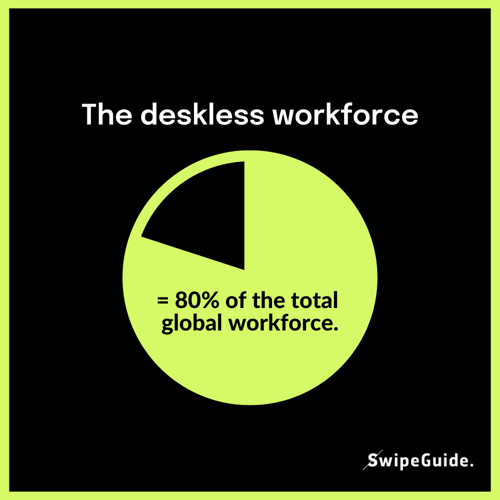
In recent years, thought leaders and companies alike are increasing their efforts to include this segment of the global workforce in innovation.
These numbers tell a pretty clear story.
Deskless workers make up a vast majority of our global workforce - close to 80%. Couple this with the fact that these groups have been historically underserved by the tech industry, and a pretty clear message emerges.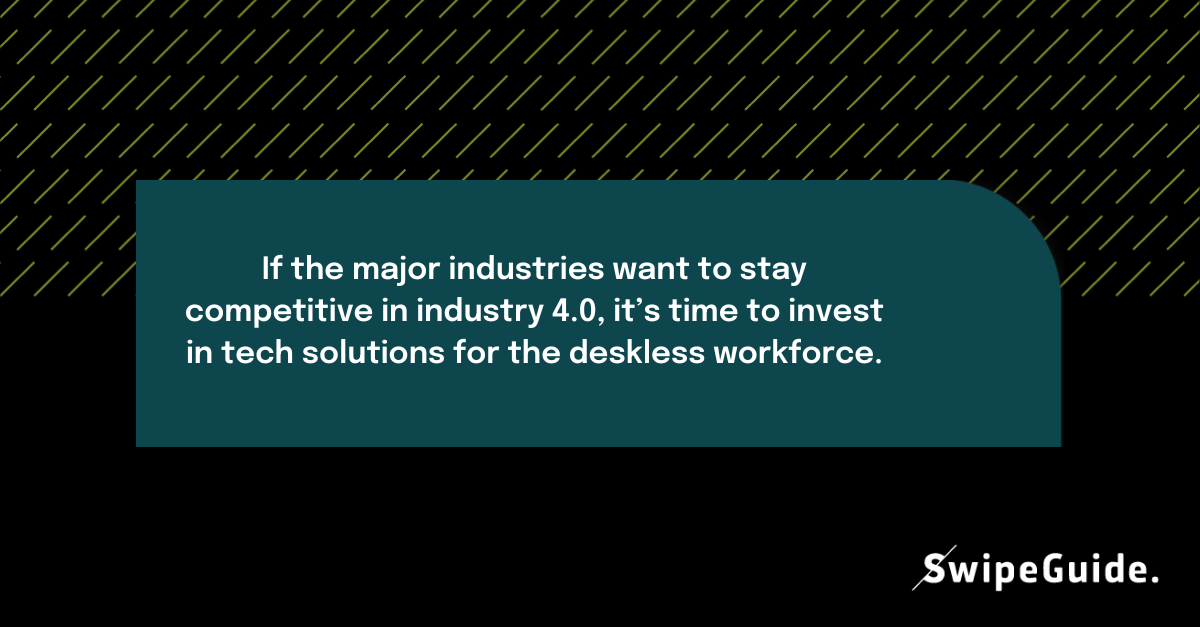
This fact is especially relevant to the manufacturing industry.
As processes and procedures become increasingly digitized and complex, the pressure to come up with tools to increase productivity on the shop floor and stay competitive will also increase.
The good news:
The industry is generally responding well to this trend. In a recent study, 91% of manufacturers surveyed indicated that they planned to increase spending on tech solutions for their deskless workforce.
The bad news:
In a multitude of new tech solutions - It’s not always easy knowing exactly what the deskless workforce needs.
Solutions for the deskless workforce.
We’ve worked closely with some of the world’s biggest manufacturers, and we’ve learned a thing or two about what makes working (and learning) more effective for the millions of deskless workers out there.
Here are 5 things to keep in mind when selecting solutions for your deskless workforce:
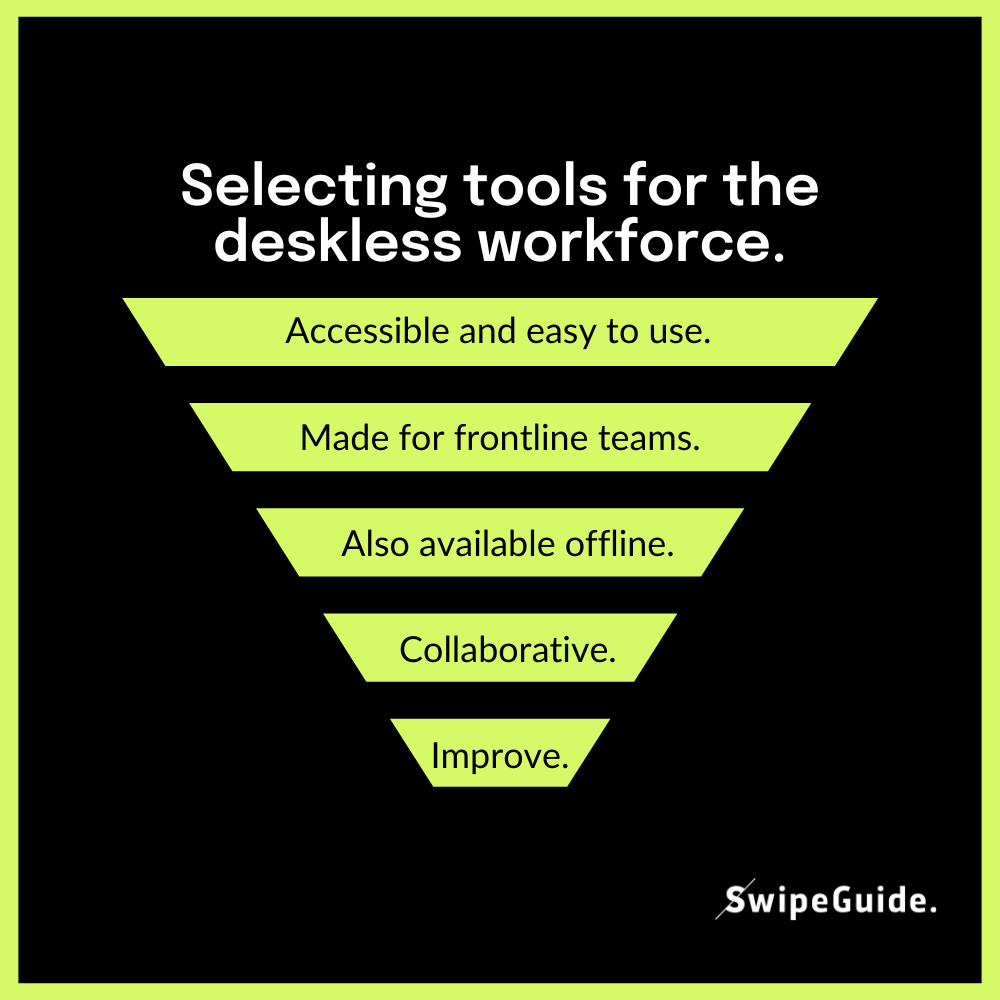
1. The right stuff at the moment of need.
- The manufacturing industry is built on efficiency and strict standards.
- If employees can’t access the knowledge they need as they perform their tasks on the shop floor, they’re liable to make critical errors and increase expensive downtime.
- Digital solutions make it simple to push the most relevant information to shop floor employees and give them access to it on mobile devices.
2. Don't forget the temps.
- Every year, thousands of seasonal employees - who are also deskless workers - enter the workforce on a temporary basis. These short-term workers and their employers simply don’t have the time for lengthy, traditional training methods.
- Good frontline training reduce the length of the training process and provide a user-friendly reference guide for workers on the shop floor.
- This helps to ensure that all procedures are carried out safely, efficiently, and according to industry standards.
3. Information in those hard-to-reach places.
- Working in a jungle? On a mountain top? In the far corner of an oil tanker in the North Sea? Sometimes, being a deskless worker means taking your work to remote places.
- Bad internet connections and physical distance make it near impossible for these employees to access the most up-to-date information about their jobs.
- The best apps collect and share knowledge, and also make it available for use offline. This ensures that engineers and workers around the world have access to essential knowledge, even in the most remote corners of the world.
4. Capture tribal knowledge.
- It's an unfortunate reality that thousands of employees are retiring from the manufacturing workforce. As such, it's imperative to have a process in place to capture the essential knowledge that they’ve accumulated over a career - but may have never written down. We call this tribal knowledge.
- Tribal Knowledge describes critical information that is not stored in a central, easily accessible system. Instead, this knowledge lives in the heads of a few key employees. What happens when they’re not there?
- While problematic in any industry, tribal knowledge presents a real risk to safety and product quality in manufacturing. Make it simple for the deskless workforce to capture, review, and distribute tribal knowledge.
5. Continuous improvement.
Lean manufacturing mandates the continual review and improvement of procedures on the shop floor - starting with the people who do them on a daily basis. Collecting the feedback of deskless workers in a non-digital format can be an absolute nightmare - updating paper and PDF work instructions is unreliable, time consuming, and expensive.
- Mobile tech solutions allow teams to deliver nuanced feedback with the push of a button.
- Knowledge can be captured instantly on the shop floor and combined with other analytics.
- This data can be used to continuously improve processes and procedures.
Invest in the future of deskless work.
Properly supporting and developing the infrastructure for the world’s deskless workers means not one solution, or even many - it means investing in and developing an entire ecosystem of connected, intelligent solutions (otherwise known as smart manufacturing) to drive deskless work forward (effectively) into industry 4.0.
Your work instructions should facilitate on-the-job training, knowledge capture, and content delivery in a continuously improving platform that encourages a lean, bottom-up way of working.
Although the future is bright for the deskless worker, it's up to us to push for innovative tools like digital work instructions that function seamlessly within the developing ecosystem of inspiring tech for manufacturing.
Learn more about future-proofing your processes:
👉 The Future Factory. How to Future-Proof Your Operations
👉 Want to Build the Factory of the Future? Focus on these 4 Areas.
Author
Revisions
It's time to simplify frontline training
Work instructions, checklists, and skills management - all in SwipeGuide
- Cut training time by 50%
- SOC I and II compliant
Get to know us
SCHEDULE YOUR DEMOResources
-
1
How to empower your frontline with better instructional design. -
2
How to gain the edge in Industry 4.0 with smart manufacturing practices. -
3
How to make excellent digital work instructions. -
4
How to deliver continuous improvement at the frontline with Lean principles. -
5
How to capture, share, and improve expert knowledge with digital SOPs.

